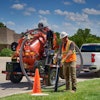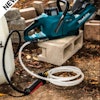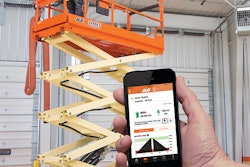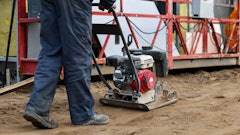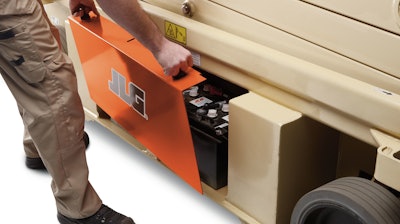
Written by Stefan Eshleman, senior product engineer at JLG
For many years, deep cycle batteries have provided energy to make electrically powered construction equipment mobile. The technology around deep cycle batteries hasn’t changed much during this time nor have basic recommended care and maintenance practices.
However, there are many misconceptions and poor practices when it comes to maximizing deep cycle battery life. In general, there are four things that lead to these batteries being replaced before they should fail: poor charging practices, improper testing process, and — specific to flooded lead acid technology — watering practices, and freezing.
There are many things that lead to poor charging practices. Low-end opportunity charging, for example, is troublesome for batteries. Ideally, deep cycle batteries should always have more than an 80 percent charge. Anything lower causes the batteries to sulfate, or self-deteriorate, causing them to further lose capacity. Another poor charging practice is complete discharge of batteries before recharge. This is a misconception, since battery manufacturers may advertise that their batteries are rated for a certain number of charge cycles. Batteries are rated for the number of amp hours in and out, so it doesn’t matter how many get removed or replaced in each cycle.
Another likely source for this misconception could be from the power tool industry and their use of NiCad battery technology. Because NiCad batteries develop a “memory,” it was necessary to ensure the batteries were fully discharged prior to recharge so the battery wouldn’t limit itself. This is not the case for deep cycle, flooded lead acid, or absorbent glass mat batteries. Again, the ideal way to charge deep cycle batteries is to maintain an effective recharge strategy that will keep battery state of charge above 80 percent.
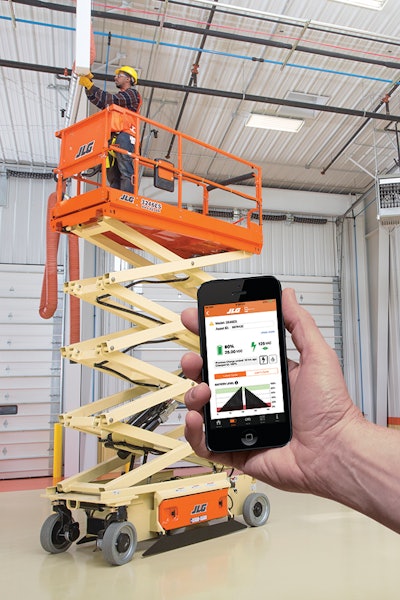
An additional major cause of premature battery failure, specific to flooded lead acid (FLA) batteries, is watering practices. Machine owners realize that batteries need regular watering, but in the world of quick turn rentals, they often don’t find the time. Many machine operators have no idea that batteries require watering. Every time FLA batteries are charged, they evaporate water, albeit a small amount, but it adds up over time. Eventually, the fluid level inside of the batteries drops below the level of the lead plates, which leads to reduced battery capacity. When watering batteries, use only distilled water since tap water contains minerals like iron that can lead to premature battery failure.
Lastly, one of the simplest forms of premature battery failure to avoid is batteries freezing. Again, this issue is only specific to flooded lead acid batteries. When batteries discharge, they convert the battery electrolyte from sulfuric acid to water. The further discharged the batteries are, the higher the concentration of water that is present. So naturally there is a point where there is enough water to freeze. At a 20 percent state of charge, a flooded lead acid battery will freeze at 5°C. As simple as the issue is, the solution is just as simple. Don’t allow batteries to sit with a low state of charge in cold climates. Like the rest of the issues pointed out in this article, people need to be aware that there is an issue so that they can avoid it.
To maximize deep cycle battery life without sacrificing machine functionality, use good charging practices, proper testing procedures and equipment, regularly water flooded lead acid batteries, and don’t let batteries sit in a low charge state in cold weather. These simple changes can lead to drastic improvements in performance and extend the life of deep cycle batteries, providing a way to minimize battery maintenance and repair costs over the lifecycle of electrically powered machines.

